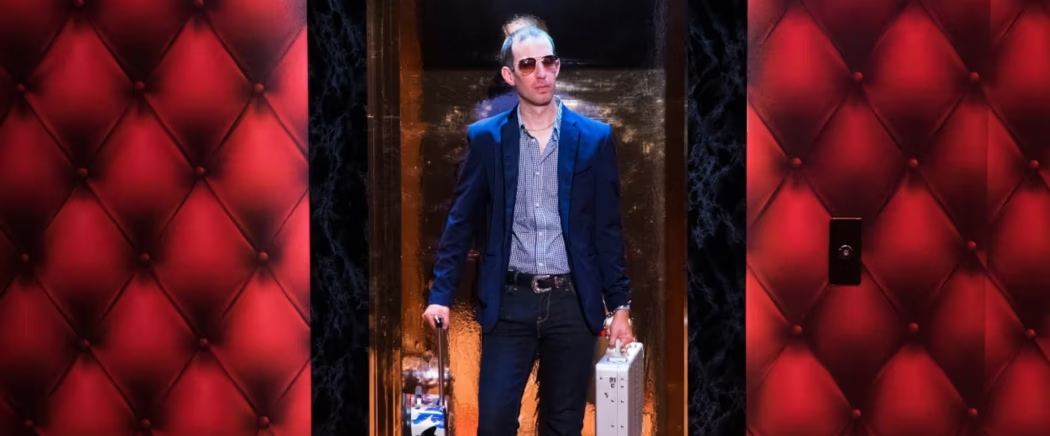There is a certain air of unbelievability that clings to the South. Recently, the actor Parker Posey portrayed a wealthy matriarch from Durham, NC for a television show. Among fans there was much debate over whether she was “putting it on” a little thick. There were those from outside the region who thought she was overacting even as they reveled in imitation, wrapping their mouths around her drawled-out syllables, and those who clocked her Piedmontese accent as pretty spot-on.
This unbelievability is interesting to me because it troubles the line between fantasies about the South and its reality; the central problem of knowing where that line lies is one of the major themes of Southern Gothic literature that I’ve identified with my students in my seminar at the Gallatin School of Individualized Study, “American Gothic.” In this genre, fantastical elements weld psychological realism to a gritty social realism by means of the grotesque—how society creates monsters by violent means of exclusion—and ghosts—how that historical violence haunts the present. The “return of the repressed” plays out at the level of individual psychology and the larger social dynamics of repression alike.
Literary historians generally trace the Southern Gothic back to the English Gothic tradition, beginning with “Romances” such as Horace Walpole’s The Castle of Otranto (1764) and evolving into landmarks of the novel form such as Emily Brontë’s Wuthering Heights (1847). The early Gothic novels explore the irrational, the shadow cast by the Enlightenment, against the backdrop of social upheaval, including revolutions and colonization. Charles Brockden Brown’s Wieland (1798) brought these concerns into the American context in the tale (based on a true story) of a haunted family, religious fanaticism, and murder. Edgar Allen Poe would cement the association with the US South, and in the twentieth century Faulkner and O’Connor would bring new techniques of literary modernism to bear on a regionalism preoccupied with daily repressions of all sorts, including patriarchal violence and Jim Crow. The genre also jumped to film and stage to reach ever larger audiences, most notably with Tennessee Williams.
Other books speak back to this literary history and its imaginations as much as they respond to the events of real history, most notably Jean Rhys’s Wide Sargasso Sea (1966), a postcolonial retelling of Charlotte Brontë’s Jane Eyre (1847). My course reframes the South in a larger geographical framework to consider the historical connections between the plantation economies of the US South (e.g. Faulkner’s Yoknapatawpha County) and the Caribbean (e.g. Rhys’s Jamaica) in order to compare the versions of the Gothic that emerge in this larger context.
Unbelievability is an opportunity to question what we think we know. Watching Burnt Toast, a contemporary Southern Gothic horror story staged by a Norwegian theatre company, and given the contemporary vogue for Gothic aesthetics generally, I wonder: what collective fantasies we are indulging in, and what realities we are burying?
Cameron Williams is Class Adviser and Associate Faculty at NYU Gallatin, where he teaches courses on the American Gothic.
